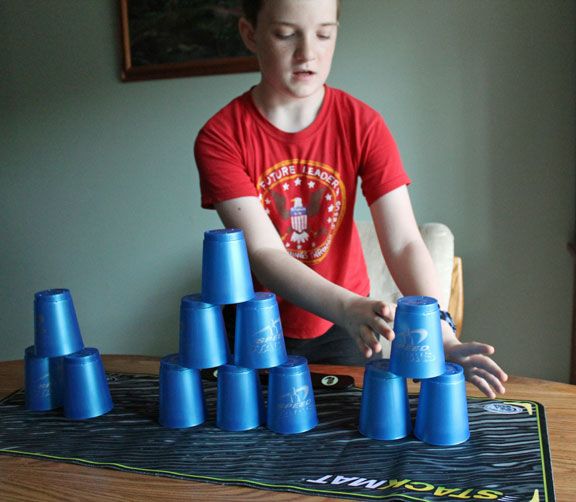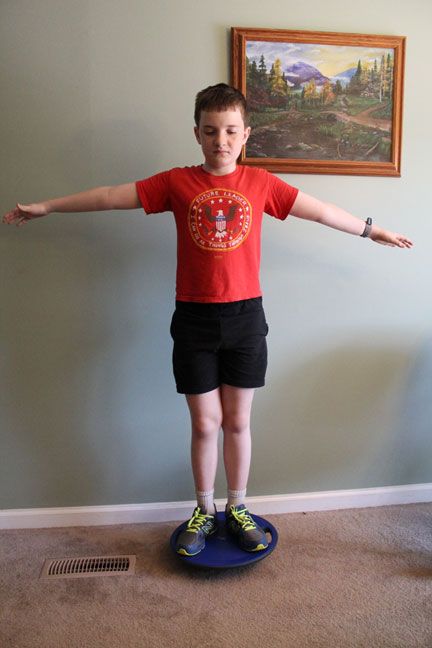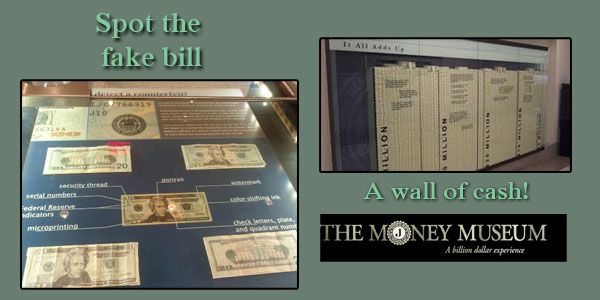Well, so far I’ve shared about several famous people who lived in Missouri – every school kid in the U.S.A. should have heard of Daniel Boone and George Washington Carver and I think it’s fair to say Mark Twain is known around the world. My letter J post is reserved for someone “infamous.” In fact, if I were to say “Wild West” or “Gunslinger” or “Outlaw” the name might pop into your mind.
 Jesse Woodson James was born Sept. 5, 1847 in Kearney, Missouri. His father was a preacher of all things, but left the family to join the forty-niners with a bad case of gold rush fever. He died in California when Jesse was three years old. I won’t say we can blame Jesse’s outcome on the lack of a father figure though. Another important piece of the puzzle was the Civil War. The James’ family sided with the Confederacy. In 1863, a Union patrol attacked the farm and hung Jesse’s stepfather. Later, both Frank and Jesse James were members of Quantrill’s Raiders – a group of pro-Confederate guerillas who ambushed Union patrols and stole their supplies. Their worst offense may be the Lawrence, Kansas massacre that claimed the lives of 150 men and boys.
Jesse Woodson James was born Sept. 5, 1847 in Kearney, Missouri. His father was a preacher of all things, but left the family to join the forty-niners with a bad case of gold rush fever. He died in California when Jesse was three years old. I won’t say we can blame Jesse’s outcome on the lack of a father figure though. Another important piece of the puzzle was the Civil War. The James’ family sided with the Confederacy. In 1863, a Union patrol attacked the farm and hung Jesse’s stepfather. Later, both Frank and Jesse James were members of Quantrill’s Raiders – a group of pro-Confederate guerillas who ambushed Union patrols and stole their supplies. Their worst offense may be the Lawrence, Kansas massacre that claimed the lives of 150 men and boys.
After the War, the James boys kept up their disruptive ways, stealing from trains and banks rather than the Union army. Somewhere along the way, James earned the reputation of being an American Robin Hood—robbing from the rich and giving to the poor. He may have done the former, during train robberies he would steal the train’s cash box but not hold up the individual passengers. There’s no evidence that he did the latter—they kept the loot for themselves.
I’m not saying Jesse James should be modeled or idolized (does anyone else remember The Brady Bunch episode where Bobby picks James as his hero?), but he is definitely an iconic figure in America’s history and there are plenty of places in Missouri to learn more about him.
The Jesse James Home (St. Joseph, MO)
$4/adults , $2/ages 6-17, free/5 & under
This is the home where James was shot in the back of the head as he straightened a picture. He was killed by a fellow gang member, Bob Ford, who was interested in the reward money. Bob Ford was pardoned by the governor of the murder, but he never received the full reward. The house has been moved from its original location to a spot behind the Patee House, a hotel where the investigation of the death took place (the Patee House was also the headquarters for the Pony Express so it’s worth a visit too).
The Jesse James Farm (Kearney, MO)
$8/adults, $4.50/ages 8-15, free/under 8
The birthplace of Jesse James. You may view a 20 minute film about James and his family, tour the farmhouse and see James’ boots and cartridge belt in the museum.
The Jesse James Bank (Liberty, MO)
$6/adults, $3.50/ages 8-15, free/under 8
The James Younger gang held up this bank in February 1866 –the first daylight armed bank robbery in peacetime. The bank looks as it did back then and you can still see the original green vault. Neither of the two bank employees was injured during the robbery, but a Liberty College student was shot outside the bank. The take was nearly $60,000.
Jesse James Days (Pineville, MO)
This annual festival celebrates the town’s location for the filming of the 1938 film Jesse James starring Tyrone Power and Henry Fonda. There’s a carnival and parade and a staged bank robbery.
Meramec Caverns (Stanton, MO)
$20/adult, $10/ages 5-11, free/4 & under
I mentioned in my post C is for Caves that there was evidence that Jesse James used the cave as a hide out. One of the stops on the cave tour is Loot Rock, where strong boxes from a Gadshill, MO train robbery attributed to the James gang. The items found can be seen in a display box at the cave’s entrance. These were also two figures (presumably from the James gang) situated in the underground river showing how they used it as an escape route. They weren’t pointed out the last time I visited the cave so I’m not sure if they’re still there.
Jesse James Wax Museum (Stanton, MO)
$7/adult, $3/ages 5-11
This is a stop for all those folks that enjoy a good conspiracy theory. According to the museum, Jesse James was not killed by Bob Ford, but the entire thing was a hoax that allowed James to start a new life under the alias J. Frank Dalton. You can see a collection of firearms and other belongings of Jesse James and his gang and see a variety of wax figures pertaining to the James family. The was museum was started by the general manager of Meramec Caverns (who arranged for Dalton to live in a cabin on the cave property and greet tourists). Unfortunately for the museum, the body of Jesse James was exhumed in 1995 and proved with 99.7 percent certainty that it was the outlaw’s remains. This may be why I’ve never seen visitors in the parking lot when we drive by.
I’m linking up with …


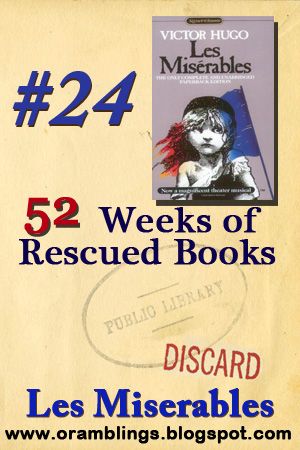

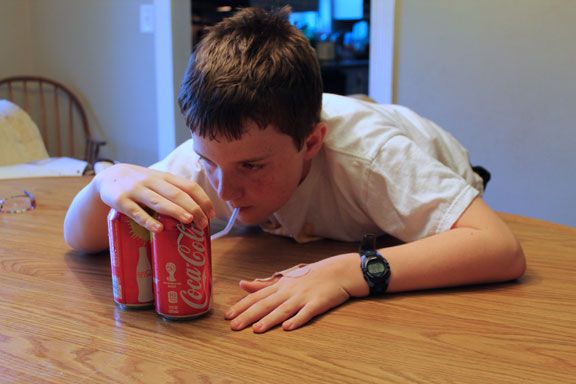
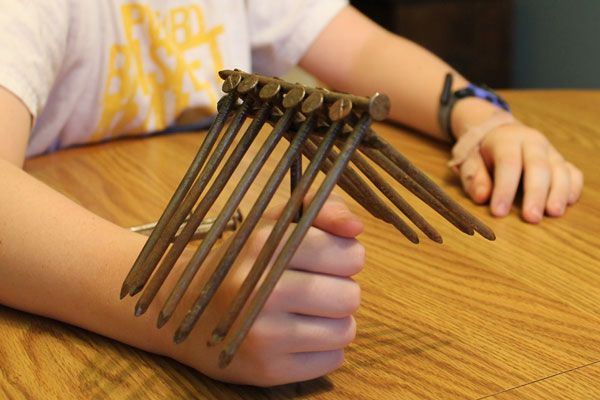



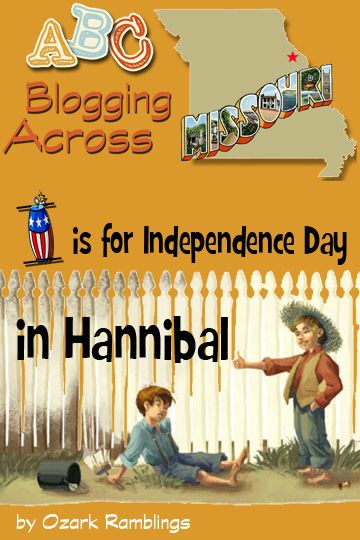
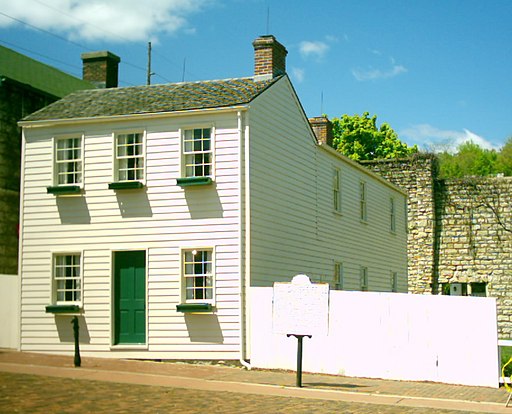

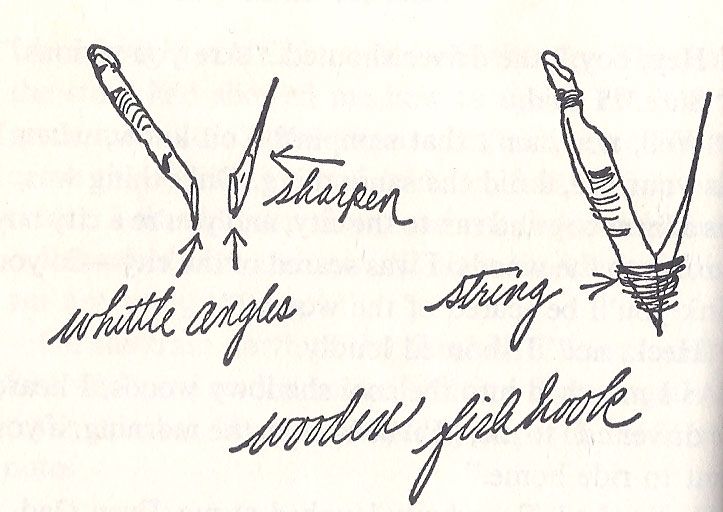
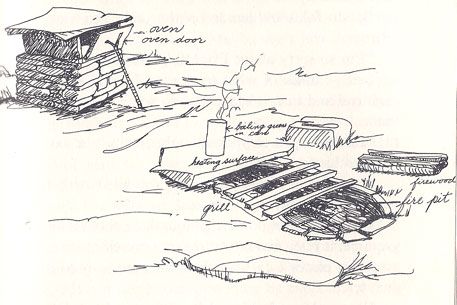 This sequel does seem to have more of the environmentalist/green movement overtones than the original. Frightful is abducted by a less than honorable conservation officer to be sold. [SPOILER ALERT] After being rescued, she’s set free so she can breed and repopulate the cliffs with baby peregrine falcons. Still, the book is enchanting and filled with more wilderness skills. There’s a part of me that would like to try grinding acorns into flour or boiling cattails to see if they really taste like mashed potatoes.
This sequel does seem to have more of the environmentalist/green movement overtones than the original. Frightful is abducted by a less than honorable conservation officer to be sold. [SPOILER ALERT] After being rescued, she’s set free so she can breed and repopulate the cliffs with baby peregrine falcons. Still, the book is enchanting and filled with more wilderness skills. There’s a part of me that would like to try grinding acorns into flour or boiling cattails to see if they really taste like mashed potatoes. 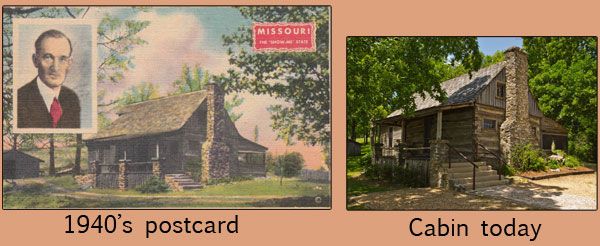


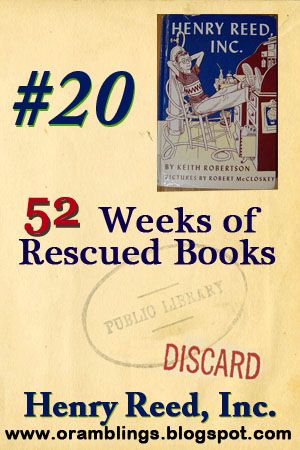
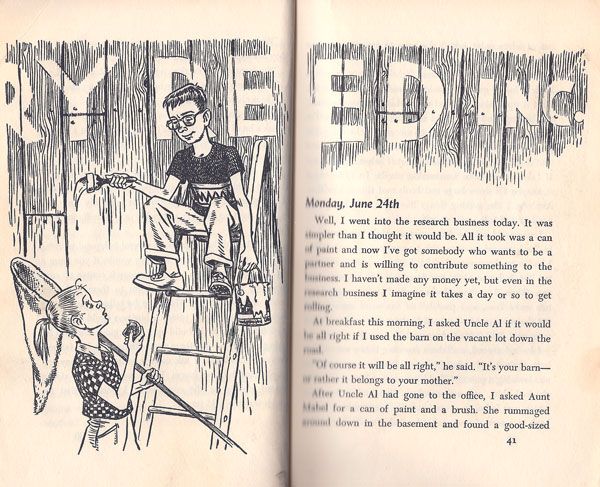

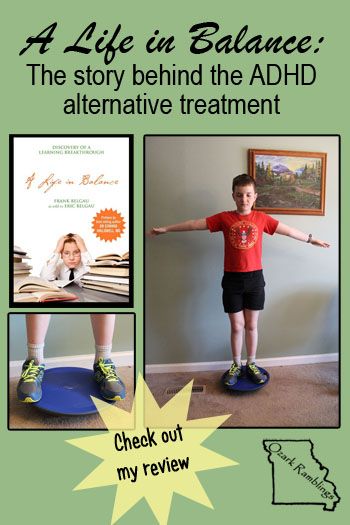 I believe one of the keys to being a good teacher, is to never stop being a student yourself. The facts I’m sharing (2 + 2 = 4 or the Declaration of Independence was signed in 1776) don’t change, but I can learn new, more effective ways to share the material that will make it easier for my son to grasp and retain it. Even the food I prepare and the physical activities he does can make learning easier. That’s why I was intrigued to read about Dr. Frank Belgau, developer of the
I believe one of the keys to being a good teacher, is to never stop being a student yourself. The facts I’m sharing (2 + 2 = 4 or the Declaration of Independence was signed in 1776) don’t change, but I can learn new, more effective ways to share the material that will make it easier for my son to grasp and retain it. Even the food I prepare and the physical activities he does can make learning easier. That’s why I was intrigued to read about Dr. Frank Belgau, developer of the 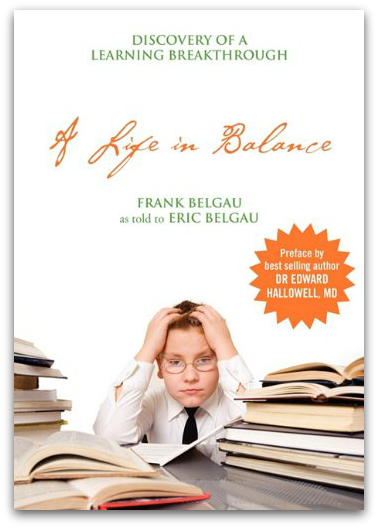 Belgau as he reminisces on the teachers, colleagues, and students that he’s encountered—each one bringing a new piece to add to the puzzle and clear up the picture. There’s the science teacher, who’d worked with Thomas Edison, who taught him to study his own failures and learn from them. There was a blind student with cerebral palsy, who demonstrated determination, patience, creativity and artistic talent when given the chance – originally, in the 1860’s the practice for dealing with learning challenged kids was to have them put their heads on a table and place newspapers over their heads! There was the optometrist researched the differences in brain development between readers of English (left to right) and Hebrew (right to left).
Belgau as he reminisces on the teachers, colleagues, and students that he’s encountered—each one bringing a new piece to add to the puzzle and clear up the picture. There’s the science teacher, who’d worked with Thomas Edison, who taught him to study his own failures and learn from them. There was a blind student with cerebral palsy, who demonstrated determination, patience, creativity and artistic talent when given the chance – originally, in the 1860’s the practice for dealing with learning challenged kids was to have them put their heads on a table and place newspapers over their heads! There was the optometrist researched the differences in brain development between readers of English (left to right) and Hebrew (right to left).